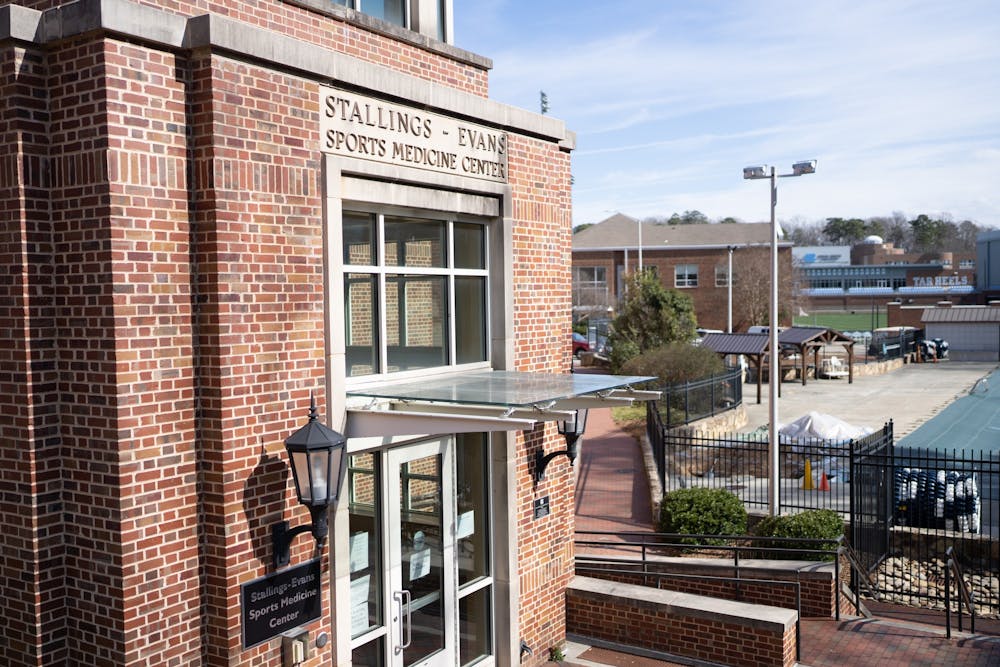Chancellor Kevin Guskiewicz said chronic sports injuries have a snowball effect.
These injuries continue to pick up more issues over time, he said, and athletes' symptoms can spiral out of control. For Guskiewicz, researching the lasting impacts of sports injuries is what inspired UNC’s Center for the Study of Retired Athletes.
The Center is working toward understanding the effects contact sports can have on an athlete’s neurological, physical and mental health.
The CSRA was founded in 2001 when UNC received a grant from the NFL Players Association, which was then matched by the Vice Chancellor for Research and Economic Development at the time, Tony Waldrop.
Guskiewicz, who has conducted sports-related clinical research for over 25 years, is the founding director of the CSRA. He said he believes the work of the Center is imperative to improving the safety of sports and the long-term health of athletes at all levels.
“From the faculty to the staff to the research assistants, everybody involved is working toward the mission of helping the lives of the former players,” Candice Goerger, associate director of operations, said. “I think it helps to have a really invested team.”
The Center began its early research on sports-related concussions with a focus on high school and collegiate athletes — aiming to develop the necessary tools to properly diagnose, manage and rehabilitate concussions.
“Concussions are like snowflakes," Guskiewicz said. "There’s no two alike.”
Compared to when the Center was first formed, the chancellor said their research now focuses more on retired athletes.



